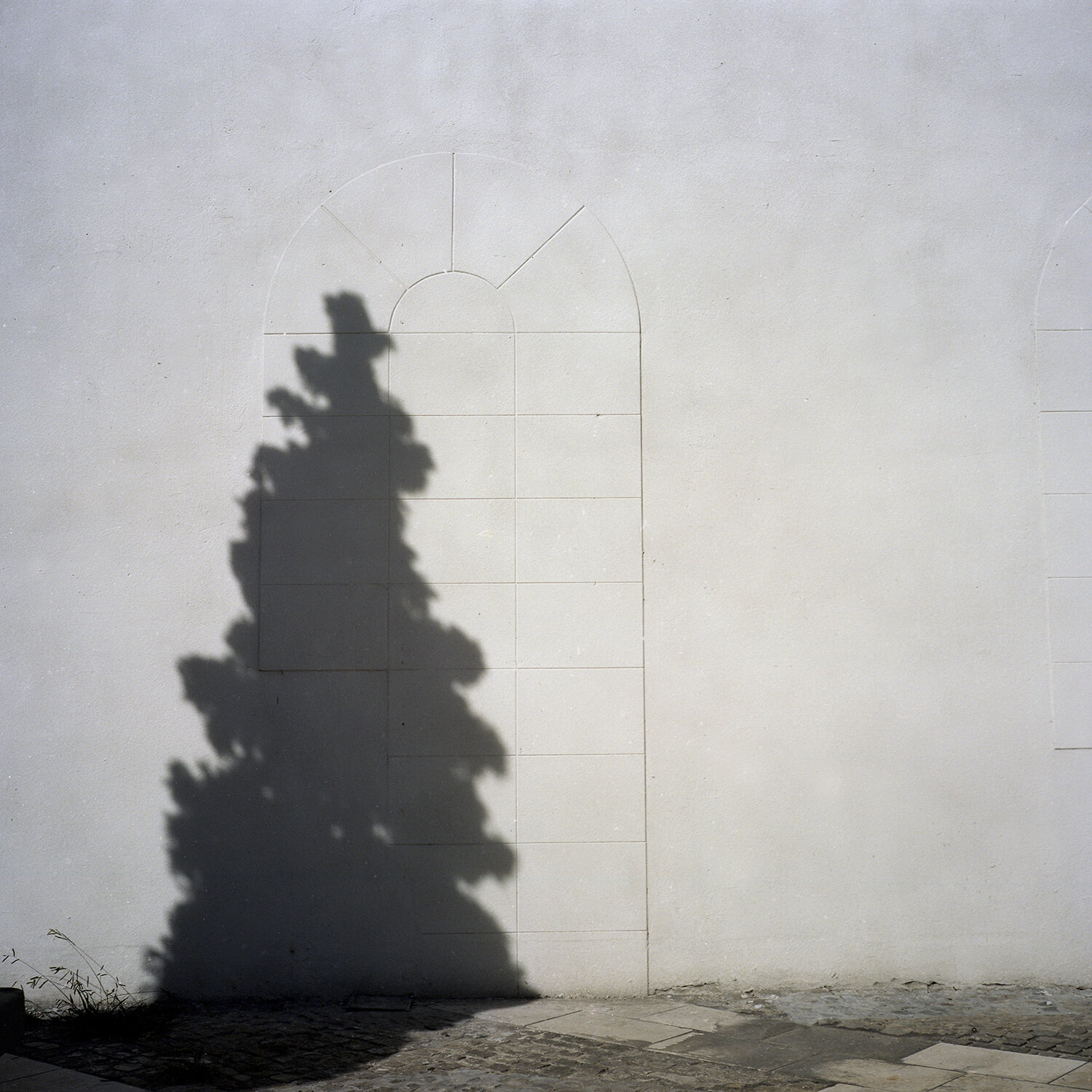Theatre Book (Catharsis)
Libro Teatro (Catarsis)
2017
The editorial concept that structures this project seeks to emulate the different parts that constitute a theatrical piece by reusing previous material from my own personal archive. I tend to perceive the world as a constant mise-en-scène, and photography as a method that well serves this purpose, since it allows me to recreate scenarios that remind us of those painted canvas of the past, full of symbolism and multi-layered narratives. The fertile ground of the fantasy story is, to me, the best strategy possible to approach what is real, to tackle subtleness, decoding idiosyncrasies and scrutinize the unconscious.
El concepto editorial es emular las distintas partes que componen una pieza teatral reutilizando obras de mi propio archivo. Percibo el mundo como una puesta en escena permanente y la fotografía es un medio con el que se pueden generar escenarios que recuerdan a los cuadros pintados, llenos de símbolos y narraciones de varias capas. El terreno de lo fantástico es para mi, la mejor estrategia para acercarse a lo “real”, para abordar sutilezas, decodificar idiosincrasias, desmenuzar al inconsciente.
Curtain — Telón
Stage — Escenario
Monologs — Monólogos
Dialogs — Diálogos
Props — Utilería
Scenography — Escenografía
Credits — Créditos
Crew/Lights
Lena Szankay’s Theater approaches its subject the same way Performing Arts are currently done in Buenos Aires. The abundance of images of different kind this book contains are connected to a certain compulsion to theater that also abounds in this city.
Small theatres, medium-size theatres, huge theatres. Improvised, home-alike theatres, theatres in old warehouses, abandoned because of unemployment. State-owned theatres, private theatres, alternative and independent theatres. Thousands of people rushing from one place to the other to rehearse a play that will not necessarily be seen by that many people.
Simple plots; complex, twisted plots. Words or images take the shape of a group of actors. That is how theatre is lived and experienced in this city and this is how this book seems to have been made. As if it were a mirror of that reality (fortunately it is not), this photographic oeuvre is made from a material nature whose intention is not to narrate an iconic history of the theatrical experience. Even if the chapters (acts?) could make us believe we are going through the different parts that compose a theatre play, it is actually a trompe l’oeil that, in the same way the baroque theatre tradition did, makes us take as given things that are not real.
In this book, whatever is theatrical is configured by the different procedures used to compose each individual image; same thing happens to the city theatres, where a series of different productive systems cohabit; but also because of the theatre’s own mise-en-crise: the presence of Nature – theatre’s eternal enemy since the Greek. Such battle, that runs across these pages from beginning to end, unsettles us and disturbs us. Nothing could be more stimulating in times like these.
Rubén Szuchmacher
Actor and Stage Director
“Teatro”, de Lena Szankay se asemeja a la manera en que se hacen las artes escénicas en Buenos Aires. La profusión de imágenes diversas que aparecen en este libro remite a esa compulsión por el teatro que existe en esta ciudad.
Salas pequeñas, medianas, enormes, en casas de familia, en pequeños galpones abandonados por falta de trabajo, teatros oficiales, privados, alternativos. Miles de personas que corren de un lugar a otro para ensayar espectáculos que no necesariamente serán vistos por mucha gente. Tramas simples o complejas, palabras o imágenes en los cuerpos de los intérpretes. Así se vive el teatro en esta ciudad y así parece haber sido construido este libro.
Como si fuera un espejo de esa realidad (pero que afortunadamente no es), esta obra fotográfica se constituye a partir de una materialidad que no pretende narrar icónicamente la experiencia teatral. Aunque los títulos de los capítulos (¿actos?) nos podrían llevar a que pensemos que estamos recorriendo las partes de un espectáculo teatral, en realidad no deja de ser un trompe d’oeil que, a la manera del teatro barroco, nos pretende hacer creer que vemos cosas que damos por ciertas pero que no son reales.
En este libro lo teatral se configura por los distintos procedimientos utilizados en la realización de cada imagen, como sucede en el teatro de la ciudad en la que coexisten en un mismo lugar diversos sistemas productivos, pero también por la puesta en crisis del teatro mismo: la presencia de la Naturaleza, eterna enemiga del Teatro, ya desde los griegos en adelante. Ese combate, que recorre estas páginas desde el comienzo al final, nos inquieta y cuestiona. Nada más estimulante dados los tiempos que corren.
Rubén Szuchmacher
Actor y director teatral






























